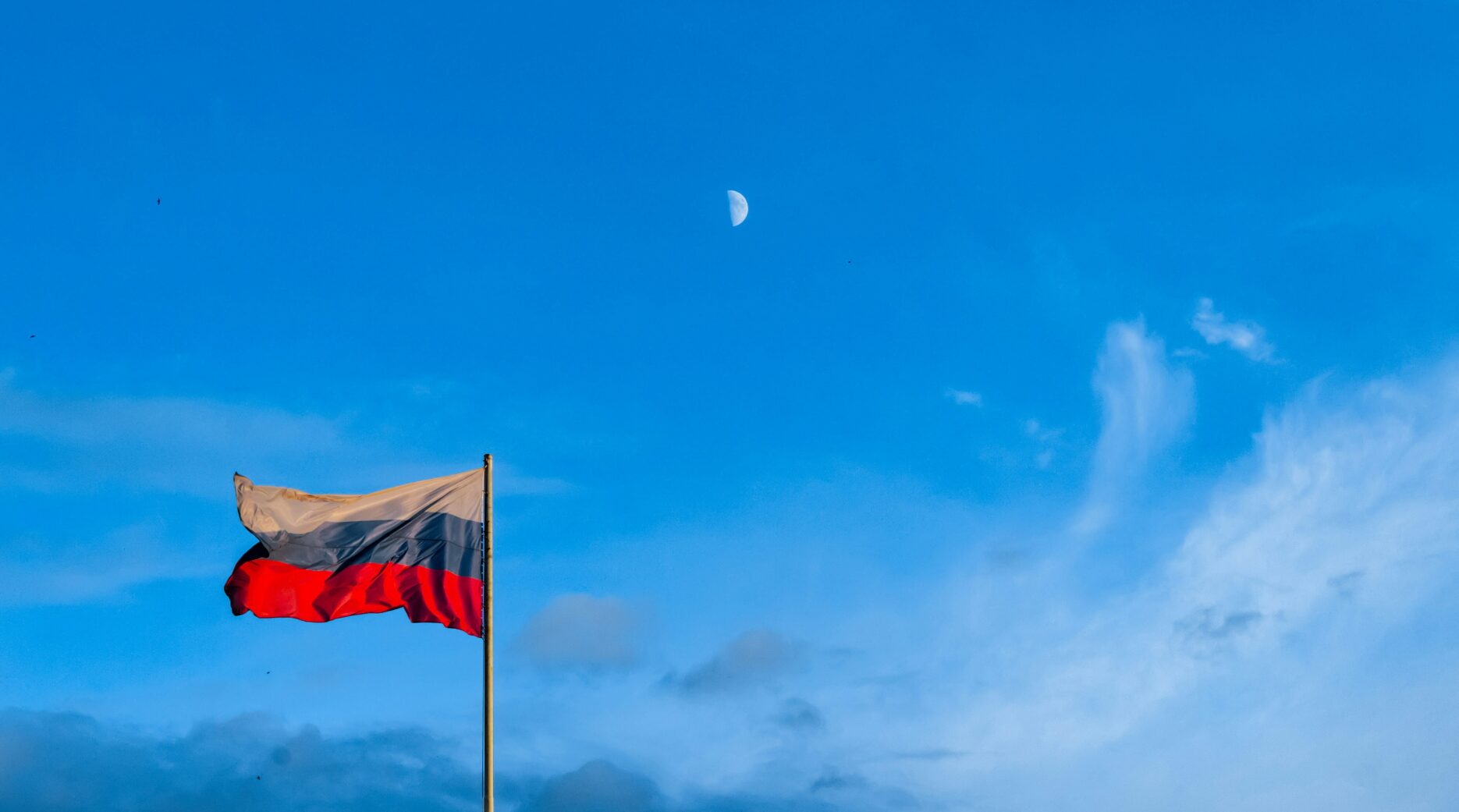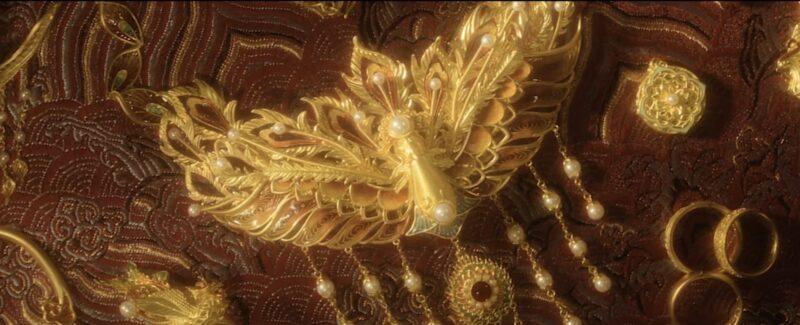This year marks the 75th anniversary of the establishment of diplomatic relations between Russia and China. Russian President Vladimir Putin’s visit to China between 16-17 May aimed to develop trade relations between the two countries, and the two-day itinerary included Beijing and Harbin. Harbin is the capital of China’s northeastern Heilongjiang province, which borders Russia and the 8th China-Russia Expo will also be held there from 16-21 May.
According to China’s General Administration of Customs, China-Russia trade reached a record 240.1 billion USD in 2023, up 26.3% year-on-year, exceeding the target set by the two leaders in 2018. Amid the US-China trade war, Chinese car exports to Russia have surged, reaching 950K units in 2023, up 481% year-on-year. Simultaneously, Russia has sold natural resources to China at low prices, with Gazprom becoming China’s largest supplier of piped natural gas in February this year.
In an interview with China’s Xinhua News Agency ahead of his visit, Putin stated that the two countries will endeavour to develop closer cooperation in the fields of industry and high technology, space and the peaceful uses of nuclear energy, artificial intelligence, renewable energy, and other innovations. This visit is Putin’s first since winning his fifth presidential election in March this year. Shortly before Putin’s visit, US Secretary of State Antony Blinken concluded his trip to China in April, likely appealing to Beijing to not support Russia.
In February 2022, after China and Russia confirmed an ‘uncapped’ partnership, Russia invaded Ukraine and is now engaged in a war of attrition, needing economic support above all else. Political scientist Xia Ming describes the relationship between China and Russia as complex, with one Guangdong province winning over Russia economically, but Xi Jinping relies on Putin for security and reassurance. Xia believes that while China and Russia will continue to deepen economic and trade cooperation, there will be no qualitative change in their relationship, maintaining the status quo of ‘no cap and no alliance’.
In recent years, the scale of China’s investment in Russia has expanded. The Heihe Boundary River Highway Bridge and Tongjiang Boundary River Railway Bridge has opened to traffic, and connectivity projects such as the ‘Binhai No. 1’ and ‘Binhai No. 2’ land and sea transport corridors, the China-Mongolia-Russia Economic Corridor, and the China-Europe liner train are being promoted. Chen Xinguang, an invited researcher at the Center for China and Globalization (CCG), noted that a significant feature of the China-Russia economic and trade cooperation is the extensive use of local currency settlements. More than 90% of China-Russia trade in 2023 will be settled in local currencies, with Russian Rubles accounting for 33% and Chinese Yuan for 60%. Despite the current geopolitical situation, this trend is historically significant.









